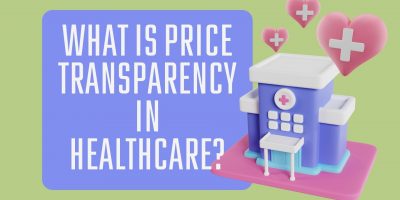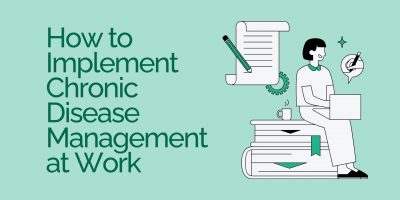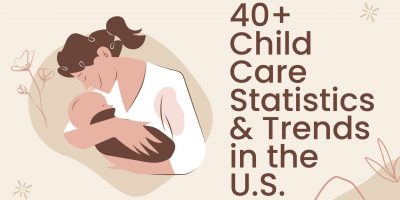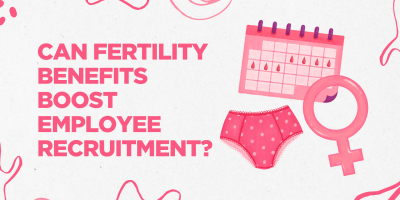
What is Price Transparency in Healthcare?
Delve into the importance and challenges of price transparency, exploring its crucial significance for patients, providers, and the overarching healthcare system.

The emergence of COVID-19 disrupted the world and caused enormous instability. In the workforce, businesses had to adjust to the new normal to continue operating swiftly. However, the social and economic shift caused difficulties.
This, in turn, caused a significant increase in mental health issues for the employers and employees navigating their way through uncertain times.


Social distancing and lockdowns have become part of our regular life now. Hearing the statistics can put things more in perspective and help us better understand the state of the world. However, it is essential to remember that those numbers represent real people going through real challenges.
Browse our curated list of vendors to find the best solution for your needs.
Subscribe to our newsletter for the latest trends, expert tips, and workplace insights!

Delve into the importance and challenges of price transparency, exploring its crucial significance for patients, providers, and the overarching healthcare system.

Chronic disease management provides a dual advantage in the workplace, supporting employee health and organizational success. Learn how you can implement the right program for your company.

Uncover the latest insights into child care in the US with our 40+ essential statistics, providing a detailed look at the state of child care services, accessibility, and family dynamics.

Can fertility benefits become a recruiting and retention magnet in the ever-evolving workplace landscape?
Used by most of the top employee benefits consultants in the US, Shortlister is where you can find, research and select HR and benefits vendors for your clients.
Shortlister helps you reach your ideal prospects. Claim your free account to control your message and receive employer, consultant and health plan leads.